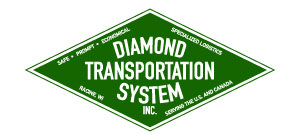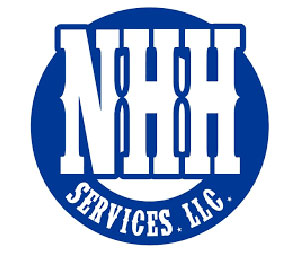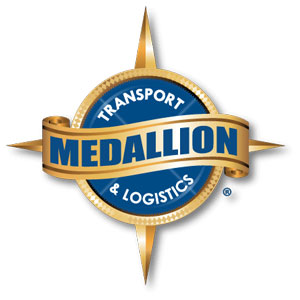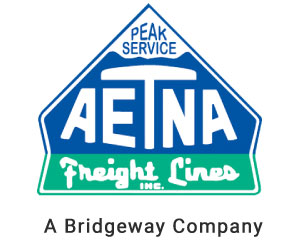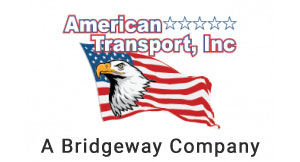Flatbed Truck Safety: Tips for Secure Cargo Loading and Transport
When it comes to loading a flatbed trailer and handling all of your hazardous trucking needs, the good folks at Osage Specialized Transport have the experience you need in your corner. We can help you learn everything you need to know, including how to transport a load on a flatbed trailer and loading and unloading trucks.
Thanks to this helpful guide with Osage Specialized Transport, loading a truck or securing flatbed loads has never been easier. By taking the time to read on and learn more about the following tips for secure cargo loading and transport, you can avoid the most common pitfalls in these instances.
Create a Proper Game Plan
There are a number of considerations to be made before securing a cargo load for flatbed trailer hauling. By taking the time to coordinate a plan, you can save a great deal of time, money, and effort. For starters, you will need to consider the size of the load vs. the size of the truck. How is the shipment going to be packaged? What is the best possible tactic for securing the cargo in question?
These are the questions that must be answered before proceeding. There also needs to be a communication plan put into place so that the team remains in the loop at all times. It is important to stay proactive so that you can remain on track when it is time to secure the necessary cargo. Otherwise, the process of keeping shipments intact becomes much more challenging.
How to Check Cargo Size vs. Truck Size
Of course, many will wonder how to handle this particular aspect of the proceedings. Those who do not take the time to do so may not fasten shipments correctly. If the truck is too large for the cargo, there could be a great deal of shifting when shifting takes place. You are leaving yourself susceptible to all sorts of damages.
On the flip side, the cargo could be packed too tightly if you use a truck that does not offer enough space. This will lead to damages as well. If the fit is not correct, packaging becomes even more difficult. That’s why you must take the time to calculate the size of the shipment before proceeding. The width and height of the trailer should provide just enough space to secure the load.
Inspect the dimensions first before you start to load up. Is the forward motion of your cargo being blocked effectively? If so, this is a great sign. Examine these aspects and ensure that your load remains free of damage. This is also a wonderful way to prevent any and all accidents from having a chance to take place.
Utilize the Correct Loading Techniques
When it comes time to ensure the job is done correctly, the correct heavy haul trucking techniques will always make a world of difference. It all starts by choosing suitable materials for packaging the load. Make sure it is wrapped correctly, and the cargo is stacked in the best and safest way possible.
As a rule of thumb, you should start by packaging all the heaviest items at the bottom. The lightest cargo should remain at the top. Efficient packaging and stacking is just the start, though. Cargo-securing solutions are an excellent investment to ensure that a shipment will not budge.
These solutions include load bars, cables, chains, and fastening straps. These devices are a relatively minor investment when compared to the costs associated with your goods becoming damaged because they slid around. Anyone who skips over these solutions is placing themselves in a more difficult position.
Know Your Weight Limitations
Every truck has a weight limitation when it comes to the cargo that it can handle. While everyone is well aware of the ramifications that can take place with an oversize load, there are also legal issues that can arise. If you are pulled over with an overloaded vehicle, your chances of completing the shipment are slim to none.
The gross vehicle weight rating is must-have information in these instances. This lets you know if the vehicle in question will exceed the maximum allowable weight when you pull into a weigh station. This includes the truck, the towed units (such as a trailer), cargo, add-on parts, the passengers, and the fuel. In addition to helping you choose the right flatbed, this lets you know how much cargo the vehicle can handle.
Additional Securing and Loading Pointers
It all starts by creating a safe space for loading, especially if you have an oversize load. Make sure you have all the room you need and keep your team from encountering any dangers. Certain areas around each load will pose a higher risk level. The load needs to be secured so that no one will get hurt, even if it falls off.
The assembled team should be well-experienced and understand the process strongly. The planning stage is especially important if the cargo is also irregularly shaped. In some instances, the cargo can be loaded by hand. In other cases, a forklift could be required.
Slip and trip hazards must also be assessed thoroughly. Everyone needs to be wearing the right shoes for the job. Be careful when walking around the flatbed. Those who are going to be climbing on and off it will also need to take the proper precautions.
If you are utilizing bungee cords, tarps, and/or tie-downs, these elements must be inspected before hitting the road. This will reduce the risk of failure once the load is in transit. As long as you have the right plan and team in place, loading the cargo and securing the load is sure to be very simple.
Do you have any additional questions or concerns that need to be addressed? If so, contact us at Osage Specialized Transport. Our team of experts is more than happy to handle all of your needs promptly and efficiently.





